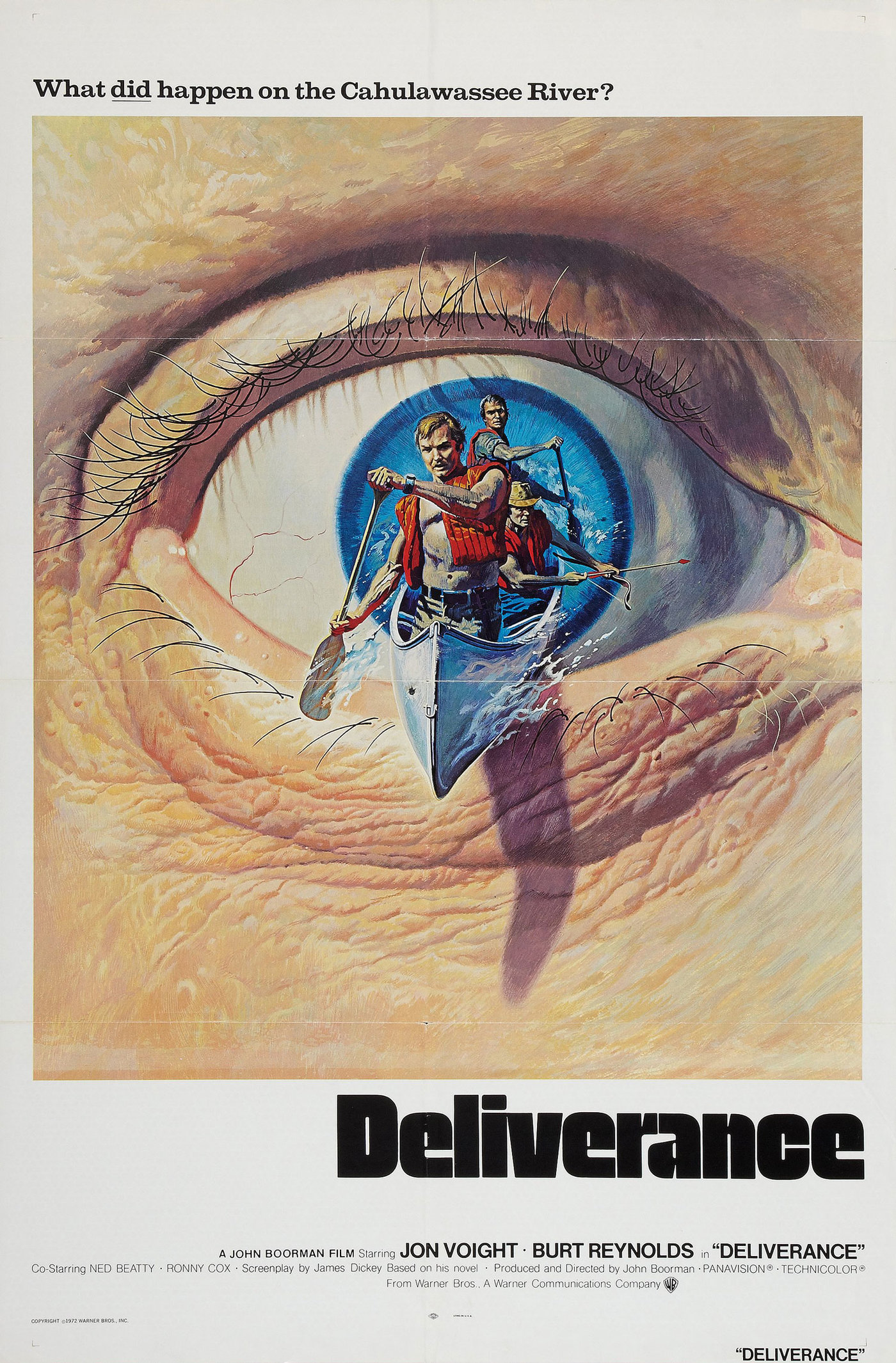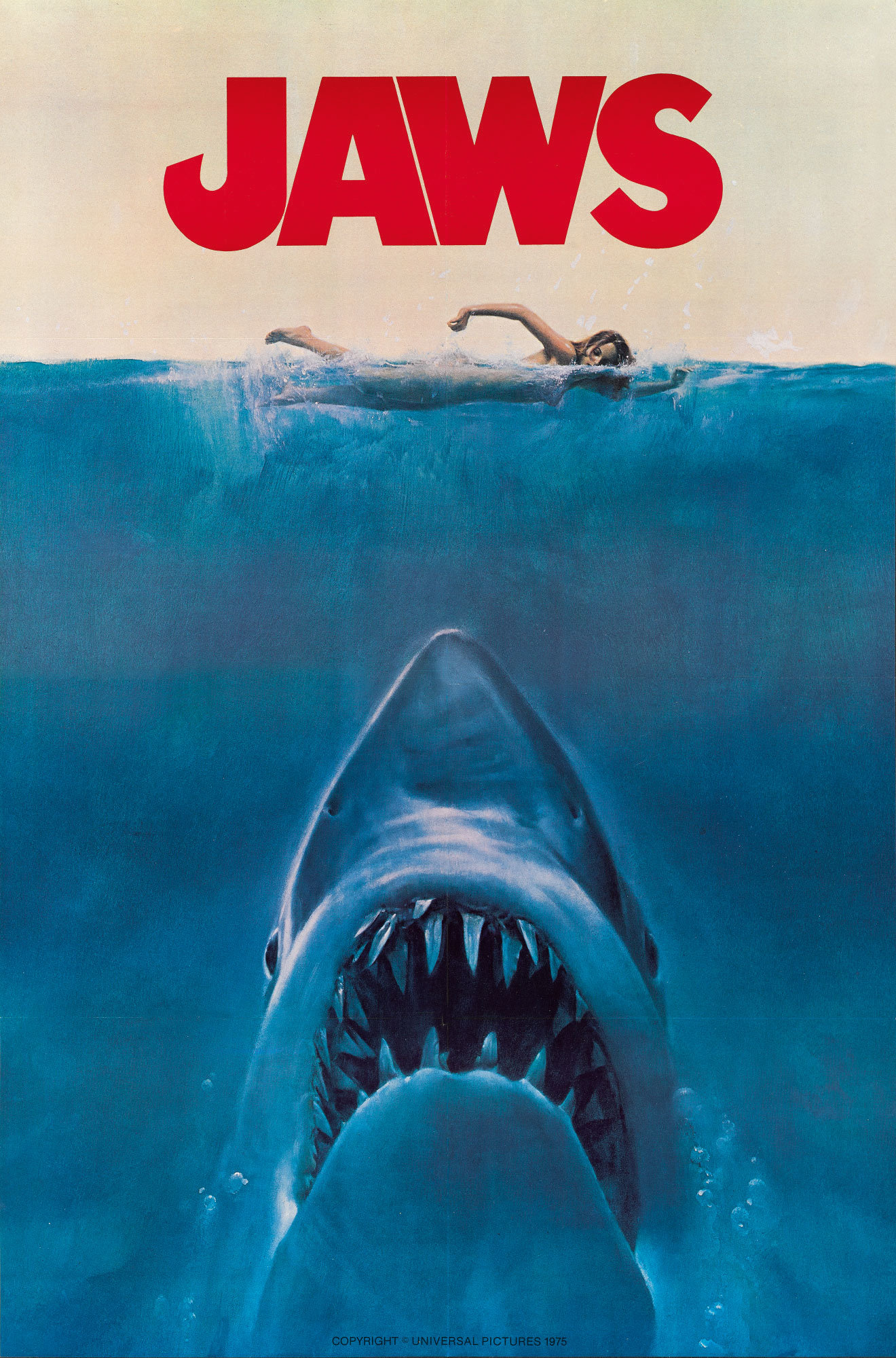Yorgos Lanthimos's Nimic is exclusively showing on MUBI in the Luminaries series.

Above: Vasilis Marmatakis’s poster for Nimic (Yorgos Lanthimos, Germany/USA/UK, 2019).
Has there ever been a graphic designer more closely allied with a filmmaker than Vasilis Marmatakis is with Yorgos Lanthimos? Saul Bass and Otto Preminger are the team that most easily come to mind, but even then, though Preminger was a great supporter of and advocate for Bass’s work, I don’t feel that Bass’s designs quite express Preminger’s ethos in the same way that Marmatakis’s designs encapsulate the wonderful strangeness of Lanthimos’s work. Starting with Dogtooth in 2009, Marmatakis has created the windows to his friend’s worlds with a series of iconic posters that are among the very best of the past 20 years.


Above: Vasilis Marmatakis’s posters for Yorgos Lanthimos’s films (clockwise from top left) Dogtooth (2009), The Lobster (2015), Alps (2011), The Favourite (2018) and The Killing of a Sacred Deer (2017).
Born in Greece, Marmatakis had wanted to live in London since he was a teenager and ended up studying graphic design at Camberwell College of Arts and the Royal College of Art in the 1990s. While working in an Athens advertising agency he met Lanthimos, who was then a successful freelance director of ads and music videos, and also Efthymis Filippou who would go on to write almost all of Lanthimos’s films. In 2003 Marmatakis co-founded the Athens design studio MNP with Katerina Papanagiotou (their logo appears on the Dogtooth poster above) and since 2009 he has worked as a freelance designer as well as a visiting professor at the Vakalo College of Art & Design in Athens.
Despite his ubiquity on end-of-year best poster lists (especially my own) Marmatakis told me that he only does one or two movie posters a year at most and that his main work is in other print based media, especially book cover design. Most recently he designed the branding for the German music festival the Monheim Triennale. For the festival posters he created a series of designs based on the patterns made by the mesh covers of speakers.

I have been bugging Marmatakis for almost two years to submit to the near-impossible challenge of reducing his favorite movie posters of all-time to a shortlist of ten and he has finally come through with a selection that is as eye-opening and eyebrow raising as one might expect from his own iconic and iconoclastic work.
He told me that he didn’t want to talk about his choices—that the posters themselves can say more than he ever could. With some of his choices you can clearly see the influence on his own work. There are a lot of beige backgrounds (though with many of these the beige may just be the yellowing of age) and there is a lot of negative space. There is also the kind of ingenious graphic simplicity and razor sharp wit that has become his own hallmark. There are bodies and body parts. But beyond that there is just a very unique collection of designs that have informed one of the greatest contemporary talents in the field.
He asked me to present them in the order below, while stressing that this is an aesthetic sequence rather than a ranking order. And so, without further ado, I present:
VASILIS MARMATAKIS’S TOP TEN FAVORITE MOVIE POSTERS
1. 1968 Czech poster by Karel Machalek for Oedipus Rex (Pier Paolo Pasolini, Italy, 1967).

2. 1960 Polish poster by Eryk Lipinski for All About Eve (Joseph L. Mankiewicz, USA, 1950).

3. 1986 US mini-poster for Mala Noche (Gus Van Sant, USA, 1986). Designer unknown.

4. 1972 International style one sheet by Bill Gold for Deliverance (John Boorman, USA, 1972).

5. 1968 US one sheet for The Brotherhood (Martin Ritt, USA, 1968). Designer unknown.

6. Greek poster for The Color of Iris (Nikos Panayotopoulos, Greece, 1974). Designer unknown.

7. Japanese poster for Fargo (Coen Brothers, USA, 1996). Designer unknown.

8. Greek program cover for Silhouettes (Kostis Zois, Greece, 1967). Designer unknown.

9. US souvenir magazine poster by Roger Kastel for Jaws (Steven Spielberg, USA, 1975).

10. 1966 German poster by Hans Hillmann for Pickpocket (Robert Bresson, France, 1959).

Of all these posters, those for the two Greek films are the most obscure. The influence of the Color of Iris poster on Marmatakis’s Dogtooth design 35 years later is clear, but the significance of the Silhouettes poster (actually more of a flyer, though he believes the poster would have been the same design), which seems almost a throw-away, is unclear, though no less intriguing. I’d never seen the poster for The Brotherhood before (and wasn’t even aware of the film) nor was I aware of that radical mini-poster for Mala Noche, but both could fit seamlessly into the Marmatakis oeuvre, The Brotherhood poster almost in spite of itself.
There are a smattering of classics, like Roger Kastel’s Jaws—though I like that he chose the souvenir version given away during the initial release of the film which, unlike the theatrical one-sheet, is unencumbered with type—and Bill Gold’s international style poster for Deliverance, which is far more surreal and discomfiting (a canoe coming out of an eyeball!) than the better known version with the shotgun coming out of the water.
I’m probably most surprised by his lone Polish poster selection—Eryk Lipinski’s All About Eve—but only because there are so many other Polish posters that I would have wrongly guessed that he might choose.
The selection is of course beautifully book-ended by a pair of stunners: Hans Hillmann’s Pickpocket and Karel Machalek’s Oedipus Rex, both of which are works of genius that encapsulate their subjects in one simple, brilliant and unexpected image, in much the same way that Marmatakis’s posters do for Lanthimos.
Many, many thanks to Vasilis for being such a good sport.